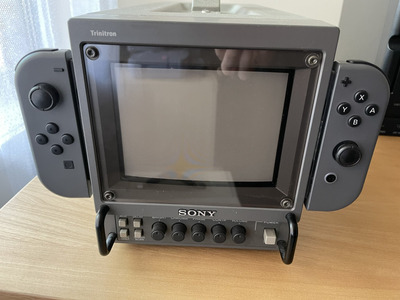Most of my games are from GOG, my earlier games are on disc, and a few are on Steam. GOG is fantastic, and I don't go elsewhere […]
Show full quote
cyclone3d wrote on 2021-07-23, 20:02:
Well, since you can install non-Steam applications, somebody could just go and install the games from somewhere like GOG and not have to worry about DRM or having to be online.
Most of my games are from GOG, my earlier games are on disc, and a few are on Steam. GOG is fantastic, and I don't go elsewhere if the game I'm after is on GOG.
ZellSF wrote on 2021-07-24, 09:58:
With the size of this thing it's already very far from portable. I would rather just take a ultraportable laptop + controller.
The problem is the screen, as always with a handheld. The screen should be as large as possible, the larger the better (within reason, of course), but for portability the item as a whole should be as small as possible. Striking a balance between the two considerations always means that one or both of them suffers.
The solution I am *still* waiting for (it's 2021, we're supposed to be in the future) is to have a handheld that doesn't have a screen built in. Instead, you just plug your spectacles in, and I mean normal sized spectacles, not goggles or anything else large or uncomfortable. And each lens of the spectacles can display a different image, so you can use them as virtual reality too. Actually, make them wireless, and also the lenses cam be just straightforward transparent, for people with perfect vision, or corrective lenses for people with bad eyesight. The 'screen' size and quality can be amazing, then. And since the screens are so small (being the size of spectacles' lenses) then I'd imagine the power required to run them would be quite low. And add both speakers and an earphone socket for the sound.
Make the handheld part something like a really good controller pad, but with a couple of mouse touch-pad things (like the Steam Deck), maybe add a small physical keyboard (for quick text entry, it's probably going to be too small to be used for controlling games), give it a decent battery life, and do everything you can to make it invulnerable to the system problems that Windows updates can cause.
But since I've yet to see these TV-spectacles for sale anywhere, even though they would obviously prove really popular, I suppose they aren't technically possible yet, at least not in a form that's inexpensive enough to sell at a profit?
